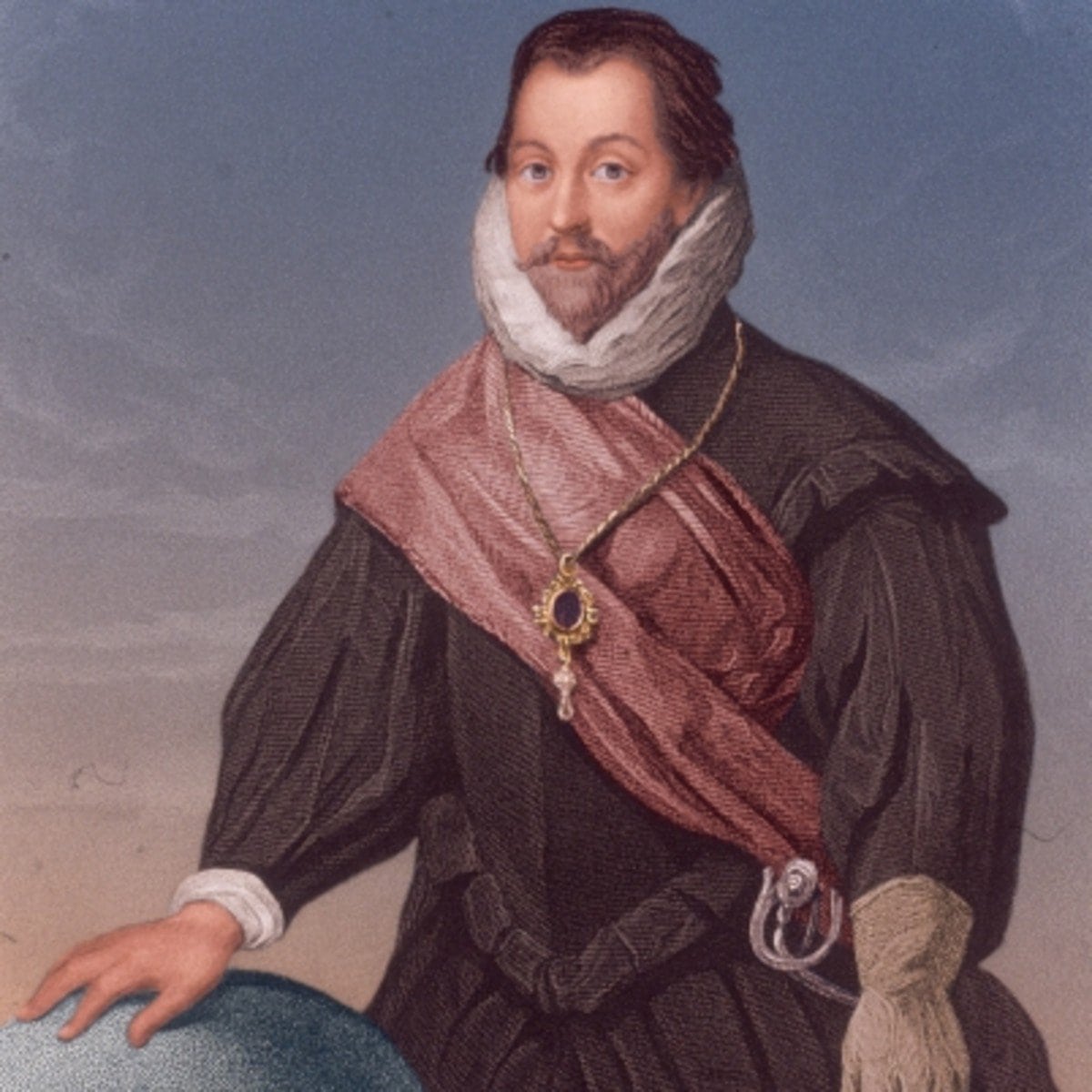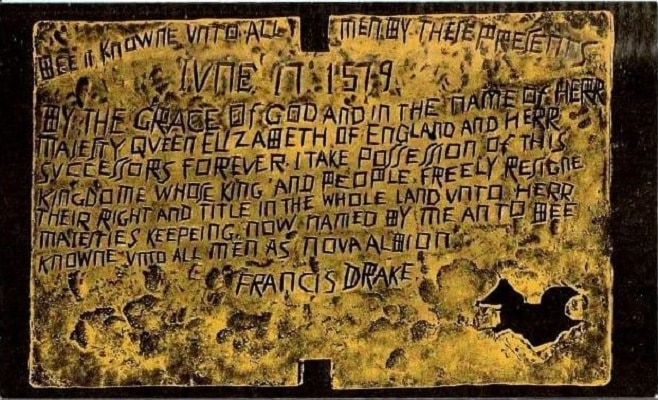
ADVERTISEMENT - CONTINUE READING BELOW
Fake Evidence of a Historic Landing
For years, Professor Herbert E. Bolton had gone on and on about Drake and his stopover in California. So much, that some associates with whom he congregated at a fraternal organization named E Clampus Vitus, decided to prank him. They bought a brass sheet at a shipyard, had it cut, and hammered the letters into it with a chisel. In 1933, they left it in a trail frequented by Bolton, with plans to arrange for him to “discover” it. Unfortunately, somebody else stumbled upon the plate first, took it, forgot it in his car for a few weeks, and eventually tossed it on the side of the road few miles away. There, it was rediscovered three years later by a passerby. Before the pranksters knew it, their practical joke had spun out of control.

ADVERTISEMENT - CONTINUE READING BELOW
The California Historical Society confirmed its authenticity, it was displayed at the Smithsonian, international expositions, and kept in Berkley’s Bancroft Library. Professor Bolton went to his grave in 1958, convinced that Drake’s landing in California had been conclusively proven. It was not until the 1970s that the plate was subjected to modern analysis, which revealed it was a fake. It was too pure to have been made in Elizabethan England, and contained trace metals of modern American brass. The plate was too smooth to have been hammered by hand like brass plates were in the 1500s, and must have been made with modern rolling equipment. The edges were cut with a precision achievable only with modern tools. And the clincher: the pranksters had placed the logo of their fraternal organization on the back of the plate, in fluorescent paint visible under a black light.

